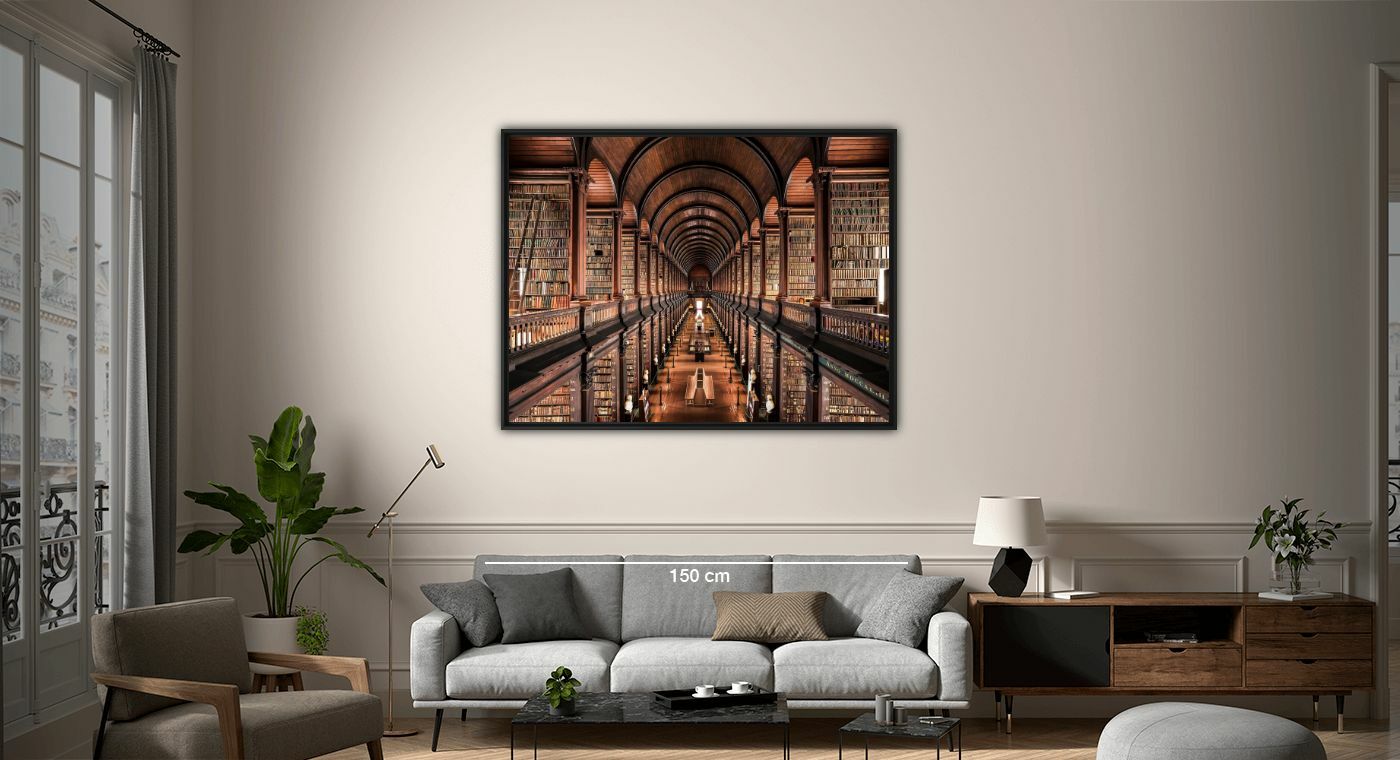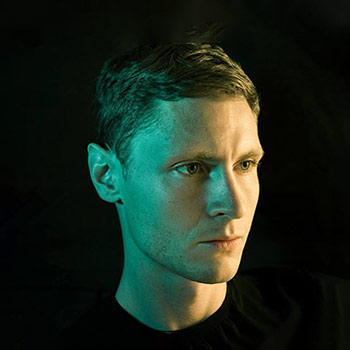When did you start practising photography? What is your professional background?
I started photography in 2013 as a way of discovering my city, Paris, and of documenting the streets, the architecture, and the way of life in the various neighbourhoods. I was lucky enough to travel extensively as a child and to have lived all over the world, in cities in Africa, South and North America, and Asia. My father worked as an expatriate for a major group on the CAC40 and my childhood and teenage years involved many moves, to Houston, Montreal, Buenos Aires, or Tokyo, which gave me a taste for architecture and urban milieus. I think that my time in Tokyo as a teenager, from the ages of 12 to 17, had the most profound influence on me. My contact with the architecture of Tadao Ando or Rafael Vinoly developed into a passion that is now the main theme of my photography but also my principal activity. Alongside my career as a photographer, I studied engineering and I am now also a consultant in refurbishment and interior design, which allows me to rub shoulders on a day-to-day basis with architects, artisans, or CEOs. These two hats, as a consultant and photographer, give me a broader view of architecture, combining functionality, the understanding of volumes, and interior aesthetics. After my engineering studies undertaken in the south of France and on my return to Paris, which is my birthplace and base, I realised that I didn’t know the city as well as I’d thought and I wanted to rediscover it. I undertook this urban exploration with the only photographic tool in my possession at the time, my iPhone. At that time, Instagram was still in its early phase and I was impressed by some of the amateur photographers who were taking magnificent photos with the same tools as I had and a few cell phone retouching applications. From then on, something snapped into place, and my goal was no longer to simply document the city, but to tell a story – my story of this exploration, with a new perspective. Retouching with applications allowed me to develop a new style and I discovered a new passion.
WHEN AND TO WHAT END HAVE YOU CREATED THESE PHOTOGRAPHS?
My new passion for urban exploration soon encouraged me to travel more often for the purposes of photography and focus again on megalopolises (Dubai, Hong Kong, Tokyo, and Shanghai). The modernity, energy, and dimensions of these cities reminded me of my teenage years in Japan and fascinated me. The omnipresent modern architecture, very different from the classicism of Paris, liberated me and gave rise to numerous urban series, most of which were taken at night. These series led me to rethink my photography work more deeply and my interest in lighting, perspective, and composition enabled me to develop a style that shows the buildings to their best advantage. My sensitivity to the aesthetic and functionality of interiors fostered my desire to sublimate their role in human life. Sometimes my subjects are temples of knowledge or sacred sites, and I’ve created series on the most beautiful libraries and churches in the world. I chose libraries and churches because I wanted to explore a range of ages and show how a space with a similar function could be interpreted so differently geographically and over the centuries. I also wanted to highlight the fact that in this period of easily and constantly available digital knowledge and information, libraries still have a lot more to offer in terms of depth and are more pertinent than ever. I discovered this when I saw how heavily frequented these libraries were, whether by students or tourists the world over. These libraries are places that have traversed the generations, and some of them even the centuries, places built with a very precise goal, to study and pass knowledge down the ages, and are world famous for their book collections.
WHICH PHOTOGRAPHIC PROCEDURE DID YOU USE AND WHAT WERE THE DESIRED EFFECTS?
In my photos, I’ve opted for a central point of view, enabling the symmetry and perspective of these places to be enhanced, giving the spectator a chance to fully appreciate the space by creating a sense of immersion within the photo. It is also a way for me to pay tribute to some of my favourite photographers such as Candida Hofer and Hiroshi Sugimoto, who had developed this technique with series on the interiors of monuments the world over or movie theatres plunged into darkness. My approach, however, is more modern, using digital photography and privileging a more colourful and contrasted retouching approach than my idols. In keeping with my predecessors, I also wanted to photograph these sites devoid of all human presence in order to paint timeless and surrealist portraits of these monuments. It is also a way for me to have a privileged moment with the space that is made available to me, to fully enjoy it, even if only for a few moments. I love the spacious interiors, so the libraries were selected in this spirit, with particular attention to the natural or artificial lighting, which is of the utmost importance in making these spaces easy to read in without damaging the books through harsh lighting. Most of these libraries were built prior to the advent of electricity, so natural lighting was a primordial factor in their construction. In those days, books were the best way of passing on knowledge and cities spent fortunes creating temples of knowledge that would endure the test of time.
WHAT ARE YOUR MAIN SOURCES OF INFLUENCE?
The world we live in is constantly changing and I really appreciate the old photos and postcards of cities that I know today (Paris in the 1900s, New York in the 1950/60s or Tokyo in the 1980s). I am particularly influenced by photographers from the ‘80s, ‘90s, and 2000s and by the cinema in general. Architecture, shop fronts, signs, everything has changed, and I want to document these places for the future. There’s a slightly nostalgic aspect that results from this. I also want to be able to share my vision of architecture and of these cities that I find so beautiful.
WHO ARE YOUR FAVOURITE YELLOWKORNER PHOTOGRAPHERS?
I’ve always loved the work of Franck Bohbot and Nicolas Bets’ stagings.






